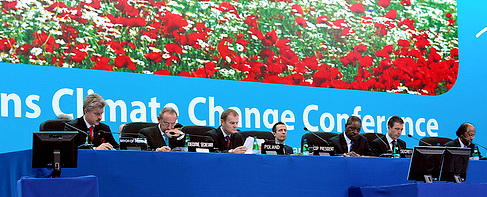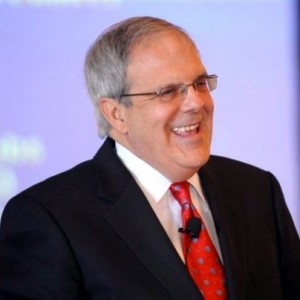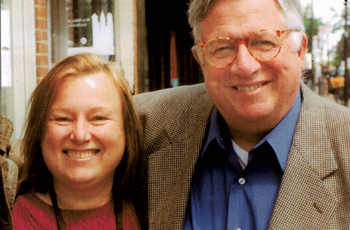 My apartment is about two blocks away from Pittsburgh’s Cultural District and the same distance from the Sports District where the theaters, stadiums and plenty of restaurants are all nearby. Last night was the 50th anniversary celebration of “Light Up Night,” when the Holiday trees, choirs, and seasonal celebrations begin. Literally tens of thousands of people make their trek into the City for this special night. Zambelli puts on its finest fireworks display of the year, while lighted, horse drawn carriages, food vendors, and music fill the city. It is intended to be a special night for families, and last night was no different. Except for a few distractions.
My apartment is about two blocks away from Pittsburgh’s Cultural District and the same distance from the Sports District where the theaters, stadiums and plenty of restaurants are all nearby. Last night was the 50th anniversary celebration of “Light Up Night,” when the Holiday trees, choirs, and seasonal celebrations begin. Literally tens of thousands of people make their trek into the City for this special night. Zambelli puts on its finest fireworks display of the year, while lighted, horse drawn carriages, food vendors, and music fill the city. It is intended to be a special night for families, and last night was no different. Except for a few distractions.
Because my place is on a main drag and literally one apartment up from street level, activity sometimes feels like it is taking place directly in my living room. Most of the time, this reminds me that I’m alive and it is stimulating, exciting and always evolving. Last night, however, things were somewhat reminiscent of a war zone. Literally a block away, the Clemente Bridge was the staging point for some magnificent fireworks and the crowds were everywhere.
Not long into the celebration, however, it began to feel like Chicago during the filming of the Blues Brothers. Sirens were raging past my apartment at the rate of one a second to what could have been a gun battle. Instead, it was one gun and one victim with plenty of other potential participants standing by ready to mix it up. Then, a few minutes later, another burst of sirens went in the other direction toward an Irish Pub about a block from my apartment. There, another man had been shot. When the news came on, it was apparent that every available policeman in the City had been called to the Wood Street scene to attempt to keep things from boiling over as young men were escorted in handcuffs toward waiting police vans.
I am NOT a sociologist, but it seems very clear that this is just the beginning of what could literally escalate into a form of anarchy as we continue to pursue our current philosophy of greed in this country. While working on a grant a few months back I saw a statistic that was mind numbing. Young African American men in what are considered high crime areas of this city are experiencing an unemployment rate of about 75+ percent. The national average for young black men is about 45 percent and in Pittsburgh, with a few point differentiation due to my sometimes less-than-precise memory, that more global average jumps to about 55 percent.
This week, however, we heard that unemployment compensation would probably not continue to be extended, and last week we heard that education was only one of the potential targets for domestic budget cuts. Not unlike the hospital employees who consistently take all of the premium parking spaces so that their walk into the building is the very closest possible, there seems to be a breakdown in logic. If we don’t correct the problems that we have in our education system; if we don’t help people who have, for no reason of their own become jobless or disabled; if we stop caring about the middle class, and stop helping the poor to establish themselves; where will it lead as a nation?
My personal belief is that we can cut both domestic and military budgets; we can delay some gratification, and we can tweak some of the laws that allow profits to benefit the one or two percent of us who are clearly now in the elite class of protected citizens. The question is, can we do this in a way that does not destroy those who are struggling to survive? Take away the parking places, and you discourage patients from using your hospital which leads to lay-offs. Take away the safety nets, and we might soon have an out of control population that will cost us more than any of the tax breaks or safety net cuts give us. Let’s cooperate in repairing this mess. PLEASE.
<a href=”http://www.michaelmccumber.com/” class=”michaelmccumber-title”>Courtesy of Michael D. McCumber Photography</a>
<a href=”http://www.michaelmccumber.com/locations/pittsburgh_pa/” class=”michaelmccumber-location” title=”Pittsburgh, PA Pictures”>Pictures of Pittsburgh, PA</a>
<script src=”http://webmasters.michaelmccumber.com/picture.php?code=brief_pittsburgh02&title=below&size=540&caption=yes&theme=fw”></script>
</div>






















